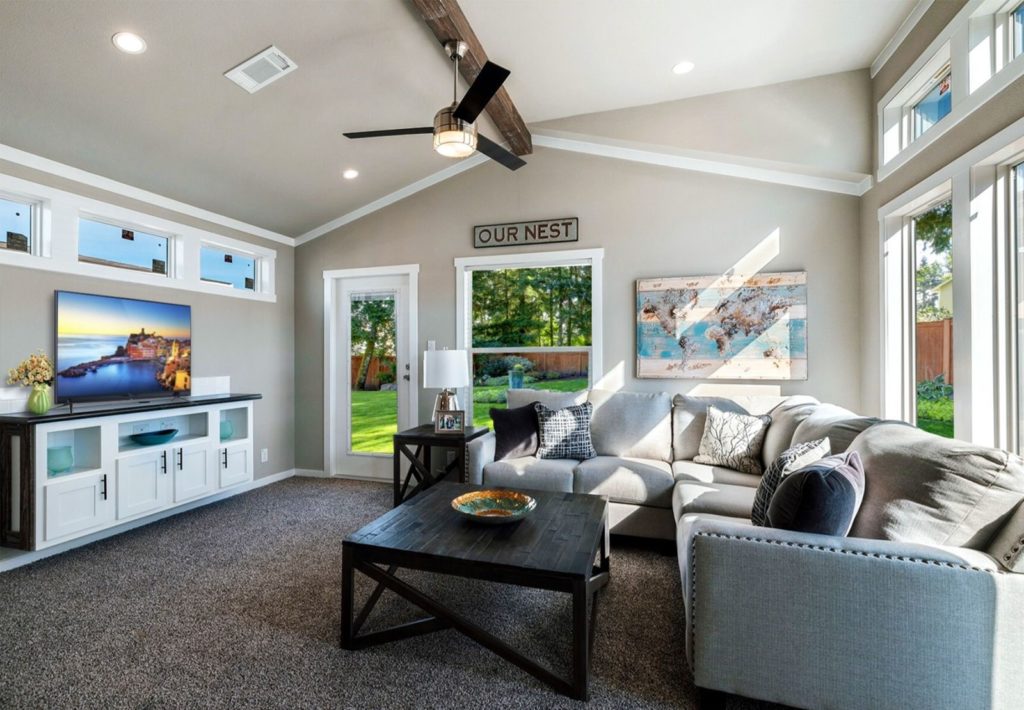Auxiliary Dwelling Units (ADUs) can be a part of the solution to address housing needs for Gen Z, but it’s not the sole answer. However, when the choice for many Gen Z renters comes down to living in a multi-family high rise, a tiny house or an ADU, look for the ADU to become the first choice for the majority of them.

ADUs are secondary housing units located on the same property as a primary residence, such as a backyard cottage, basement apartment, or garage conversion. They offer additional housing options and can help increase housing supply, affordability, and flexibility.
ADUs can provide more affordable housing options for Gen Z individuals who may be seeking independent living arrangements. Renting or even owning an ADU can be relatively more affordable compared to standalone homes or apartments in high-demand urban areas.
Gen Z tends to value flexibility and adaptability. ADUs can cater to their evolving needs by providing options for living close to family or having the flexibility to rent out their primary residence while living in the ADU. ADUs can also serve as a home office or creative workspace, aligning with the growing trend of remote work and entrepreneurship.

Many Gen Z individuals value close relationships with their families. ADUs can provide an opportunity for intergenerational living, allowing Gen Z to live in proximity to their parents or grandparents while maintaining privacy and independence.
ADUs promote efficient land use by utilizing existing space within established neighborhoods. They contribute to a more sustainable urban environment by reducing urban sprawl, minimizing the need for long commutes, and promoting a sense of community.

While ADUs can be beneficial for Gen Z, it’s important to consider that they are just one part of a comprehensive housing strategy. Other solutions, such as increasing housing supply, implementing affordable housing policies, and addressing zoning and regulatory barriers, are also crucial in addressing the housing needs of Gen Z and other generations.
Moreover, it’s also worth noting that the housing preferences and needs of Gen Z can vary widely depending on factors such as location, income levels, and cultural considerations. A holistic approach that combines various housing options, including ADUs, with broader policy initiatives is necessary to effectively address the diverse housing needs of Gen Z and ensure access to safe, affordable, and sustainable housing.



